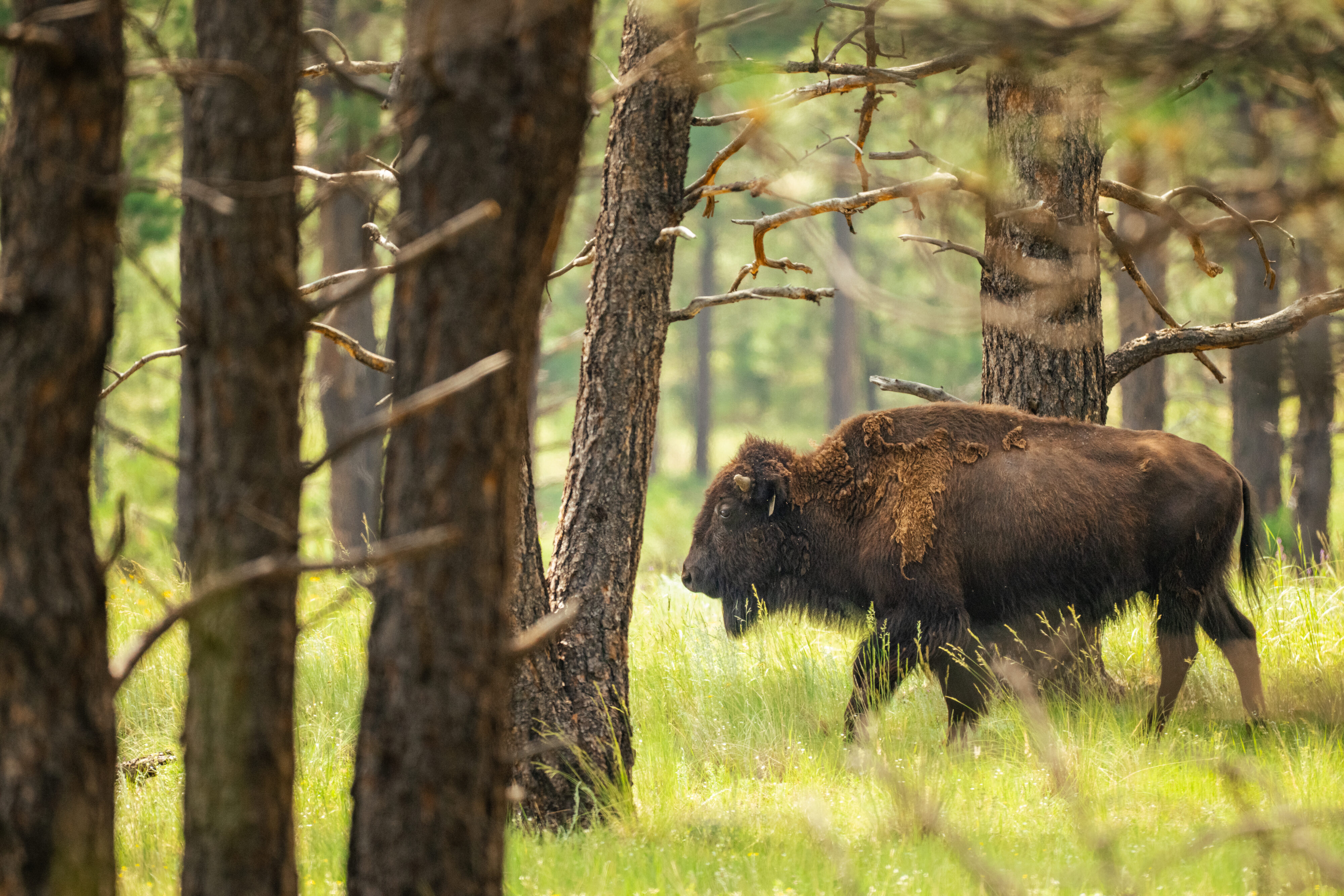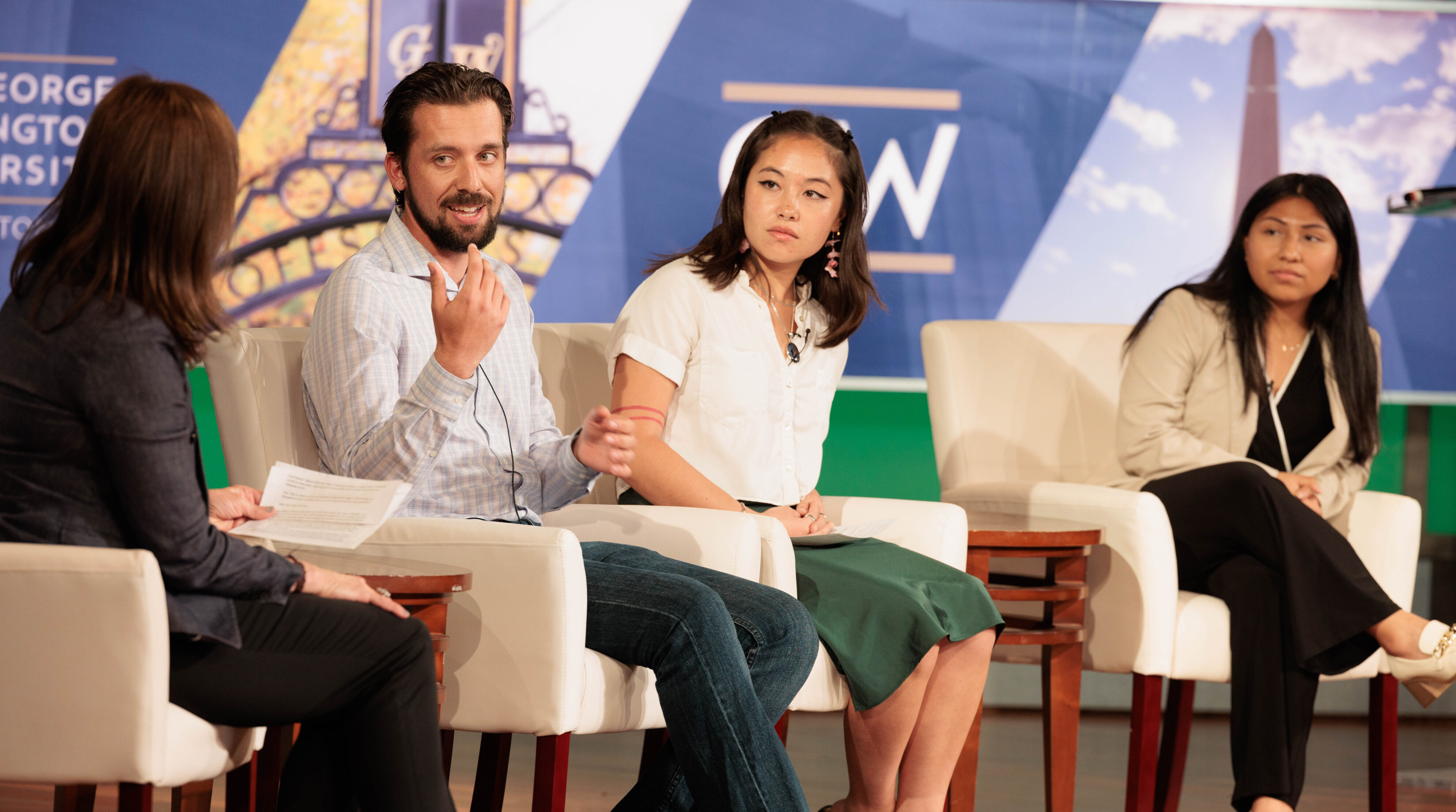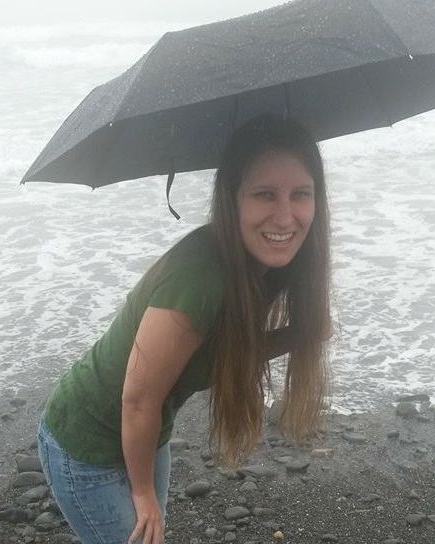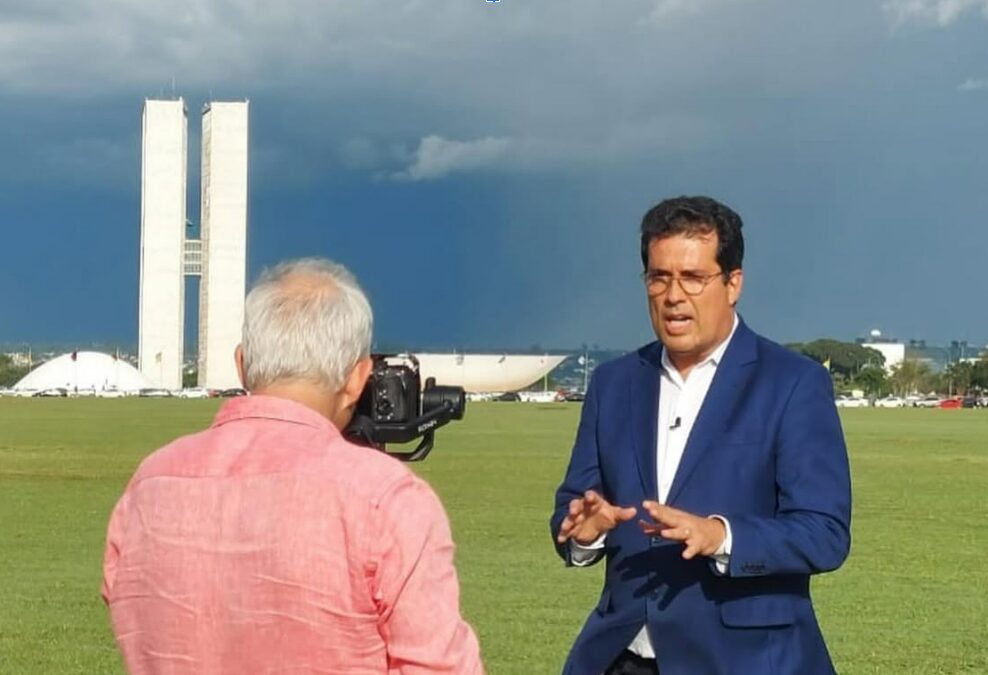
Throwback Thursday: Daylight Saving Time

As usual, daylight saving time ended this fall as everyone turned back their clocks. Although it’s a practice that seems like it has been ingrained into American life for approximately forever, standardized daylight saving time is less than 50 years old. The time change was first made official practice in 1966, with the Uniform Time Act. Before that, the practice of turning back all clocks was suggested routinely but only instituted during the world wars to conserve resources.
Many people have heard the reason for turning back the clocks was to aid farmers in agriculture and bringing in the crops, but in reality it has always been about saving energy. The theory is that with an extra hour of daylight in the evenings while people were home with their families would inhibit electricity use in the home. It counts on the idea that most people go to sleep around the time it begins to get dark.
Historically, it seems that turning the clocks back for that extra hour before sunset did save energy: about 1% per day for the entire country according to studies performed in the 1970s. After the Arab Oil Embargo of 1973, the energy crisis escalated to the point where the U.S. extended daylight savings time to last the whole year in 1974 and three quarters of the year in 1975 in the hopes of conserving as much energy as possible.
Despite the early success of changing the clocks, some even argue that the practice uses more energy because of the increased demand for heating and cooling while people are awake. Further, many oppose the institution due to health risks, negligible effects and confusion. With the rise of technology, more people are spending an increasing amount of time in front of screens as well. It is quite possible that the extra hour of daylight means less as we consume more energy while idle and go to bed later.
Despite the waning popularity and effectiveness of daylight saving time, it is unlikely that the practice will disappear as it is the law. That said, states can opt out by passing a state law. Arizona and Hawaii, for instance, have opted out because the practice would not produce significant savings in their states. In Arizona longer sunlight just means more air conditioning being used, and therefore more energy wasted, and with Hawaii’s close proximity to the equator, the practice also wouldn’t be effective.
(Image at top: A partial view of a World War I era poster that is headed “VICTORY! Congress passes daylight saving bill” and was sponsored by the United Cigar Stores Company, though the poster’s author is unknown. Source: Library of Congress)























